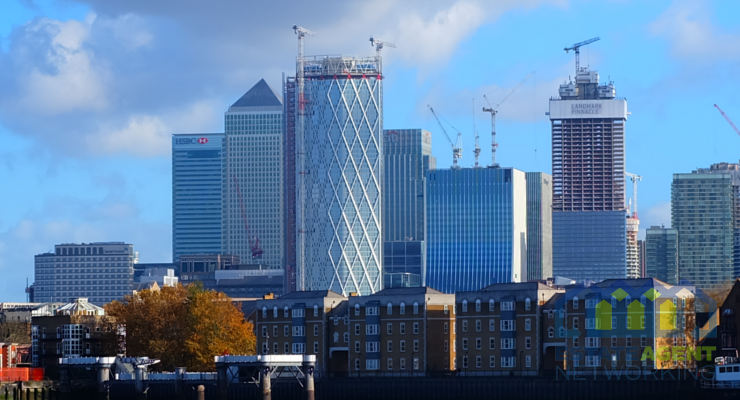Stay Safe With Aluminum Ladders: 5 Facts About Lightning Attraction
Whether redecorating, putting items away in storage, or cleaning windows, there are many reasons why you may need ladders. They’re likely an item you have tucked away in your garage or, if a contractor, a tool you carry to and from work.
Although highly beneficial, it’s essential to use this device correctly. Why? Aluminum is a celebrated conductor of electricity, with the risk of lightning striking aluminum ladders a critical safety concern.
To stay safe when using aluminum ladders, we listed five facts about lightning attraction below.
1. Metal isn’t the Sole reason for Attracting Lightning?
Lightning occurs When an electrical charge is in excess in a cloud region. Tall, isolated objects are the most common victims when lightning strikes. These include mountains and trees, as well as various metals. Although a popular misconception, the presence of metal does not play a significant part in where lightning strikes.
Does an aluminum ladder attract lightning? It is not the metal attracting the lightning but the height of the ladders. Why? This natural force is attached to isolated, tall objects irrespective of composition. In a nutshell, it’s not aluminum (although a great conductor) attracting the lightning. But the ladder’s height, location, and surrounding environment. If you are touching a ladder when lightning strikes, you can be electrocuted. Why? Aluminum is one of the best conductors of electricity.
2. Lightning Doesn’t Require Rain or Clouds to be Present
If you’re considering working outside with aluminum ladders, always check the weather forecast instead of relying on the clarity of the sky alone. Lightning can strike more than three miles away from the thunderstorm. Just because you can’t see any thunderstorm clouds or rain in the sky, this doesn’t mean you’re safe. To put this into perspective, in the past, “bolts from the blue” have struck areas over 10 miles away from their thunderstorm origins.
Although storms can affect various regions across the USA, the areas most at risk are the Southeastern states, but this is seasonal. Certain regions, including the Rocky Mountains and Florida (the lightning capital), are privileged to thunderstorms all year round. When choosing where to use an aluminum ladder, location is something to remember.
3. Lighting Strikes Twice
The saying ‘lightning doesn’t strike’ twice is a myth. Lightning can strike the same place over and over again, especially an isolated, tall object, such as a pair of ladders.
Fun fact?
According to the Empire State Building’s website, the iconic building is hit by lightning at least 25 times per year and has been known to have been hit dozens of times in a single storm. Only return to ladders once the storm has passed to ensure your safety.
4. A House is One of the Safest Places to be in a Storm
When a storm is rife outside, being inside is where you should aim to be. Although a safe spot, always avoid being in the line of fire of conducting paths, such as metal objects (ladders), window and door frames, or electrical appliances, including TV cables and wires. Unplugging any expensive tech equipment is a good idea if you know a storm is coming. Although it can be tempting to watch the storm, avoid standing near a window.
5. Being Outside is the Worst Place to be When Lightning Strikes
Being struck by lightning when on a ladder does happen. About 40 million lightning strikes hit the ground in the United States yearly. The odds of being hit by lightning are less than one in a million in a given year, and almost 90% of all lightning strike victims survive.
Factors that put you at greater risk include participating in outdoor recreational activities or working outside; this is possible because males are more likely to be struck by lightning than females.
If you’re unlucky enough to be on an aluminum ladder when lightning strikes, the electricity generated will travel through the aluminum, using it as a conductor to complete its circuit. If your ladder is poised in wet grass and you touch it at the same time the lightning does, your body will become the conductor.
The Bottom Line
Although the probability of being struck by lightning when using ladders crafted from aluminum is low, it’s not unheard of. If unlucky enough to be struck by lightning when using aluminum ladders, the consequences can be severe, including injuries or fatalities.
To ensure you stay safe, understanding the risks is crucial. This will ensure you embrace the correct safety practices when using metal ladders. You may even consider alternative ladder materials for different jobs or seasons, mainly when stormy weather is apparent. Doing so will safeguard you against unnecessary accidents and promote heightened personal safety.









